(5629 products available)

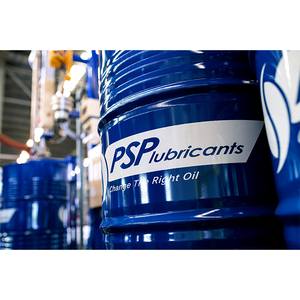
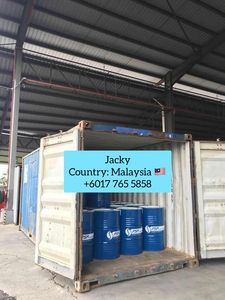
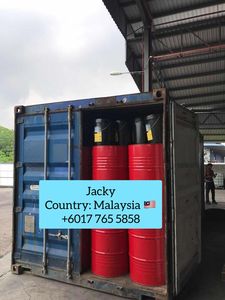
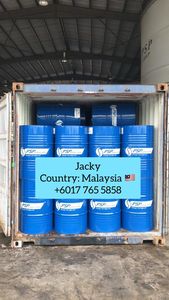
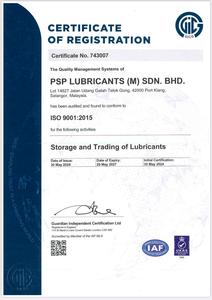







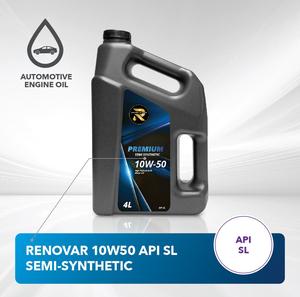












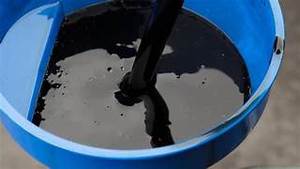
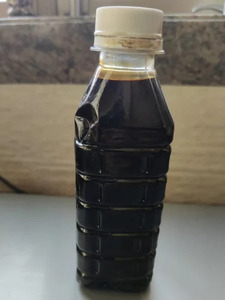

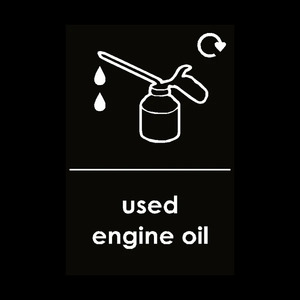
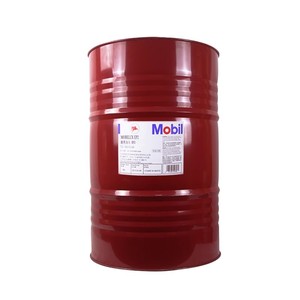














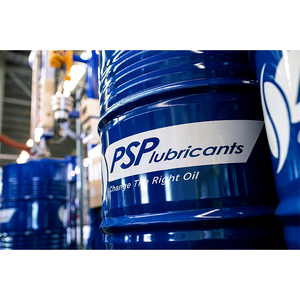






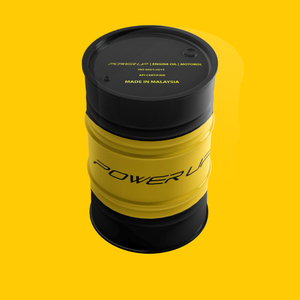

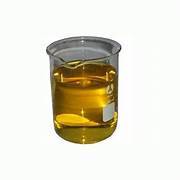











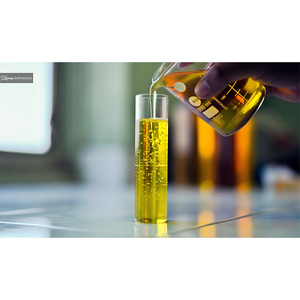


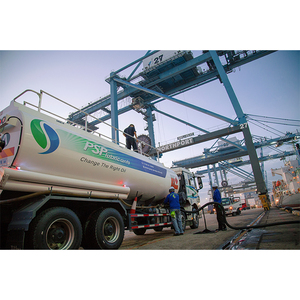





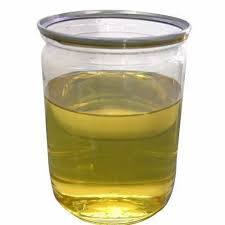
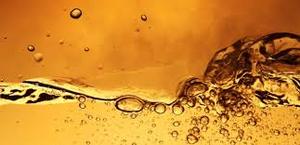
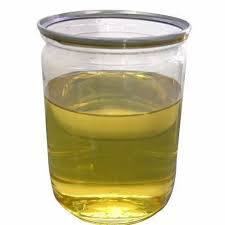






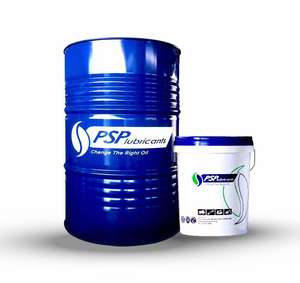







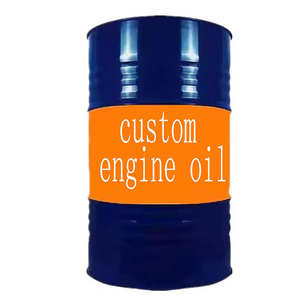


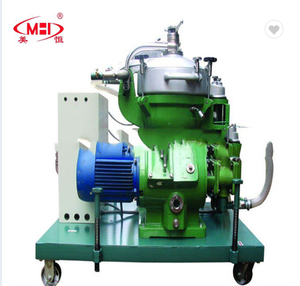
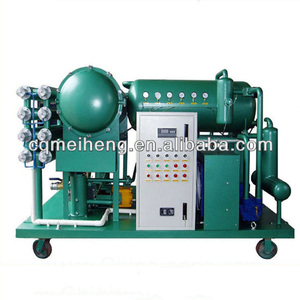


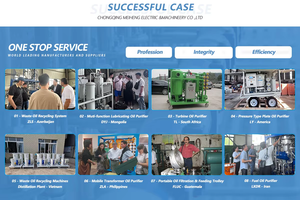


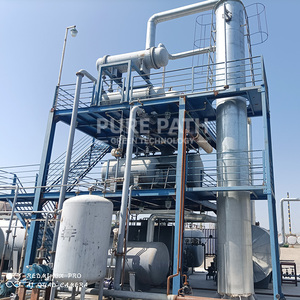










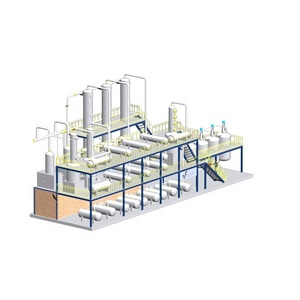
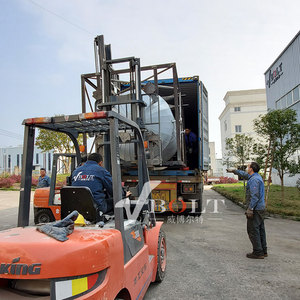

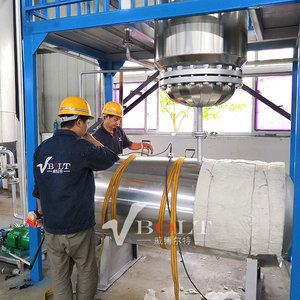

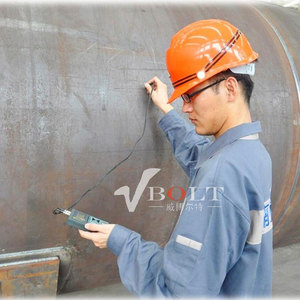
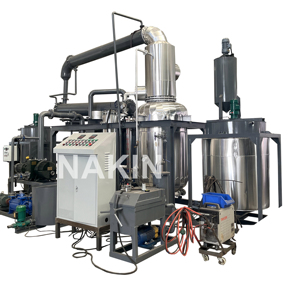























Lubricants are vital for businesses in many industries to operate smoothly. These lubricants come in various types, each designed to suit specific industrial and automotive applications. Below is a breakdown of the lubricant types and their uses.
The primary function of Malaysia automotive lubricants is to reduce wear and tear in moving parts, thus extending the life of vehicles. Often, these are further categorized into:
These are used in machinery, manufacturing equipment, and commercial applications. Common types include:
Lubricants for marine applications must resist water and extreme conditions. Often split into:
These are formulated for very specific applications or conditions. Examples include:
Malaysia greases are semi-solid lubricants with a thickening agent and an oil base. They can stay where liquid lubes wash away, offer protection against moisture, and are easy to apply, making them great for sealed systems.
The longevity of lubricants directly impacts cost-effectiveness for business buyers. Lubricants are often formulated with additives that improve durability by helping to keep lubricants effective for long. Some additives include anti-wear, anti-oxidant, and detergent additives, which help to maintain and extend the life of the grease.
Lubricants are mainly divided by consistency and include:
In machines, lubricants reduce friction, which can cause overheating and mechanical wear. Lubricants form a thin protective film that separates moving parts and preventing direct contact. This is most apparent in hydraulic systems where lubricants transmit power and facilitate smooth operation.
Lubricants reduce wear and tear on parts and maintain efficient system functionality and user safety. Therefore, they optimize fuel efficiency and system performance, lowering the overall cost of vehicle maintenance.
In manufacturing processes, lubricants are critical for machinery maintenance and raw material processing. They reduce friction between parts by protecting equipment from wear and extending an object's lifespan. This protection helps reduce operational costs over time by lowering equipment replacement and repair needs. Greases are often used in this process.
Lubricants reduce friction between moving parts in transportation systems, from vehicles to trains. They facilitate smoother and more efficient operations. It also protects against corrosion and wear, increasing the lifespan of components. This protection lowers the need for frequent repairs and replacements, saving costs.
Lubricants are vital to ensure smooth operation under extreme conditions. They reduce friction between aircraft components, enabling efficient energy transfer and heat dissipation. This is vital in an industry where even small gains in efficiency translate into massive fuel savings and improved safety.
Aerospace relies on lubricants to ensure energy operations under extreme conditions. In this industry, lubricants are crucial for protecting components in generation systems, such as engines and turbines and circulating coolants. This reduces wear and heat buildup. Furthermore, with effective lubrication comes improved system reliability and reduced risk, which is essential in any oil and energy business.
The food processing industry widely uses lubricants to ensure machinery operates within safety standards. Food-grade lubricants are often required for machinery manufacturing, packaging, transporting, and processing food. Here, they protect equipment and ensure that food products are safe. They also prevent contamination and protect machinery.
Lubricants apply to components like hinges, contacts, and gears in the electronics industry to ensure smooth functioning. They reduce wear and tear on parts, protecting them from rust and corrosion. Further, they improve the durability of electronic devices, making them last longer and increasing performance.
Lubricants in textile manufacturing help machinery, such as spinning and weaving, run smoothly. They reduce friction, prevent parts from wearing out, and ensure quick fabric processing. This protection improves equipment reliability while lowering maintenance costs and downtime.
The marine industry mainly uses lubricants to protect boats, ships, and other watercraft under extreme conditions. They reduce wear and tear from saltwater and other elements, protecting components from rust and corrosion. This protection is particularly vital for the cost and inconvenience of repairs or replacement.
Choosing the right lubricant for the business requires careful consideration of various key factors. Below are some lubricants' primary diss, conservation, and functionality considerations.
This measure of a lubricant's resistance to flow is a critical factor to consider. Choose a lubricant with the right viscosity for the specific machinery or engine. This ensures proper lubrication under different temperature conditions. In addition, viscosity grades conform to the Society of Automotive Engineers (SAE) standards. So, one can consult the equipment manufacturers or industry standards to select the proper grade.
Additives are meant to enhance lubricant performance and protect machine parts. Detergents, anti-wear, and extreme pressure additives are commonly found in lubricants. These additives are often integrated into the lubricant base stock to improve its functionality. Avoid lubricants with additives that could interact negatively with the machine's material.
The type of lubricant is a primary factor to consider, given its composition and performance. Mineral oils are the most common industrials and automotive oils. They have good availability and are often very cost effective. However, synthetic lubes, although more expensive, offer much better protection under high heats and extreme working conditions.
When selecting lubricants, consider whether it can work safely with other products in the operating systems. Those products may have come into contact with prior lubricants, such as oils or greases. Using a new lubricant incompatible with another product can cause operational issues like foaming or precipitation. This often leads to downtime, which can be very costly.
Teachers have to consider the lube's ecological impact. Biodegradable lubricants may be a requirement in industries frequently exposed to the environment. Such as construction, agriculture, or mining. Under regulations or policies aimed at preserving natural ecosystems, these lubricants pose less risk of environmental pollution.
The lubricant's initial cost isn't the only consideration for B2B buyers. It is just as, if not more, important to consider the overall cost of the lubricant, including maintenance and equipment downtime. A grease with a longer service life may be pricier, but it seldom requires frequent reapplications as its cheaper counterparts do. This equates to lower labor costs and less equipment downtime. As such, the total cost of greases over its lifetime, known as total cost of ownership, is primarily a key consideration when choosing the right grease.
Viscosity denotes the lube's ability to flow and film formation capability. Both variables determine how well the grease can lubricate the surfaces in friction. Inadequately viscous lubes can cause inefficient oiling, harming machine parts.
Yes. There are lubricants called biodegradable lubricants. They are eco-friendly lubricants made from renewable resources. They are designed to break down naturally after entering the ecosystem to reduce pollution.
Business owners can increase lubricants' longevity by ensuring the right viscosity for their machines, regularly checking lube levels, and protecting lubes from contaminants.
While both are lubricating fluids, it isn't ideal to use automotive lubricants in industrial applications or do the opposite. The environments for which they are formulated are drastically different. Automotive lubricants are formulated to withstand moderate heat and pressure. Meanwhile, industrial lubes must typically endure heavy loads and extreme thermal conditions. Therefore, using industrial lubricants in maritime and automotive applications is recommended and vice versa.
Several variables determine lube viscosity. Temperature is a major determinant of lubricant viscosity. Generally, as the heat increases, so does the lubricant's viscosity. Conversely, when temperatures drop, the lubricant's viscosity decreases. Secondly, the lubricant's nature plays a role in its viscosity. Oil-based lubricants have higher viscosities than lube greases, which are typically solid.